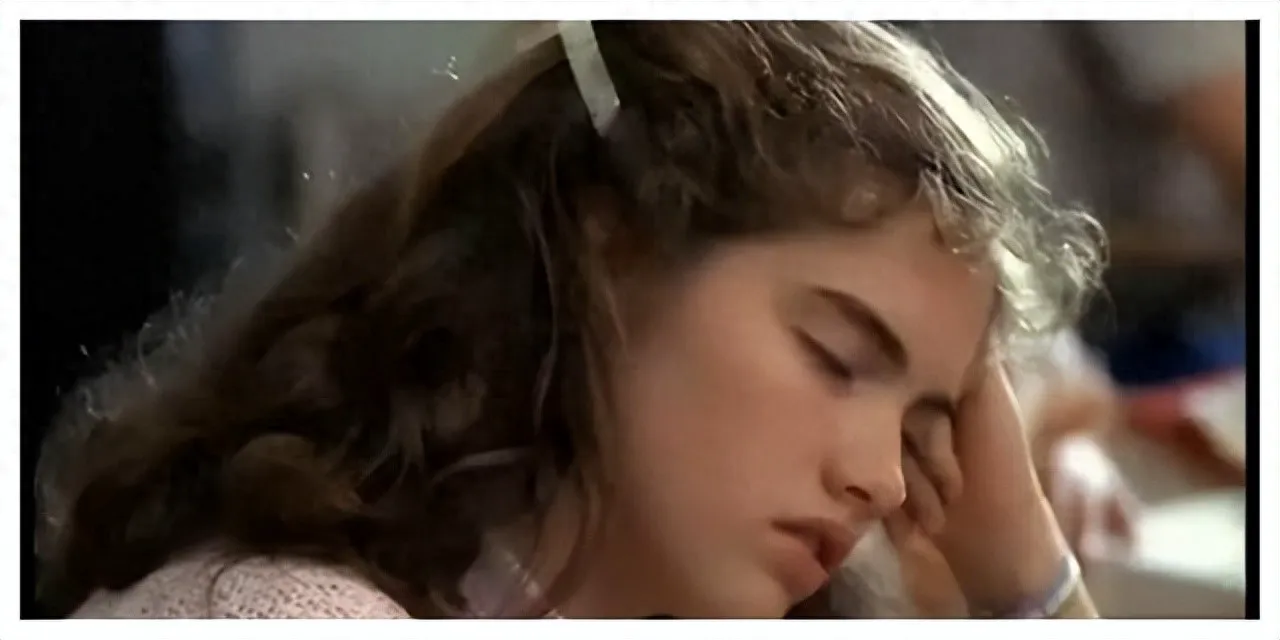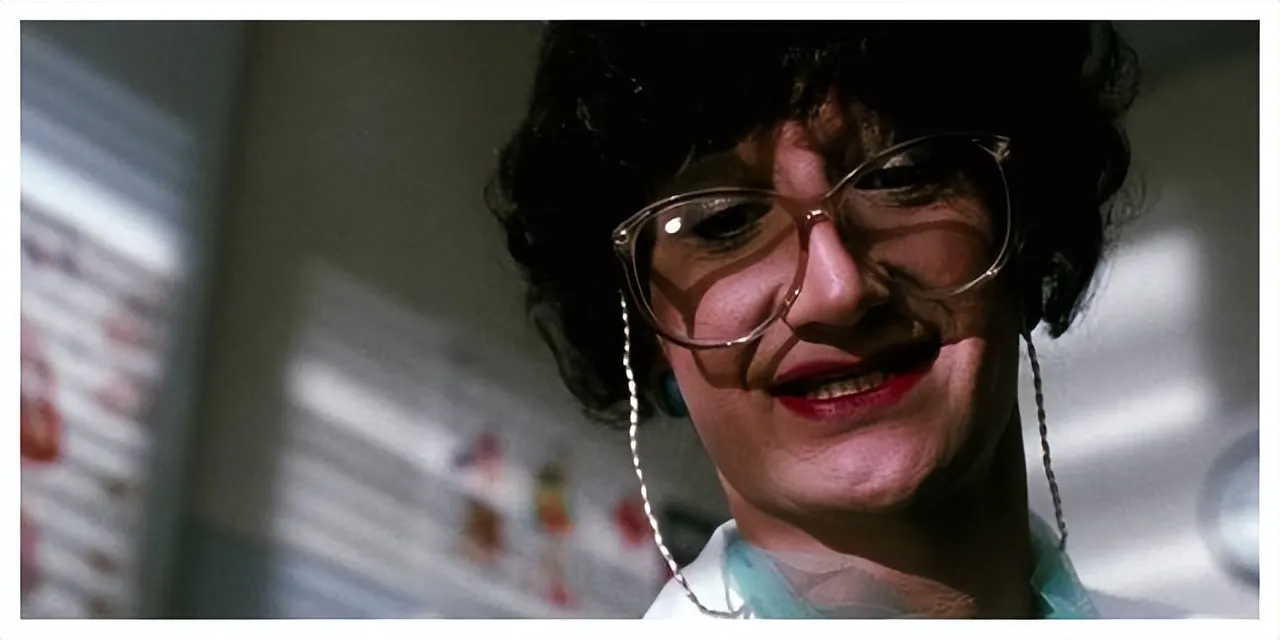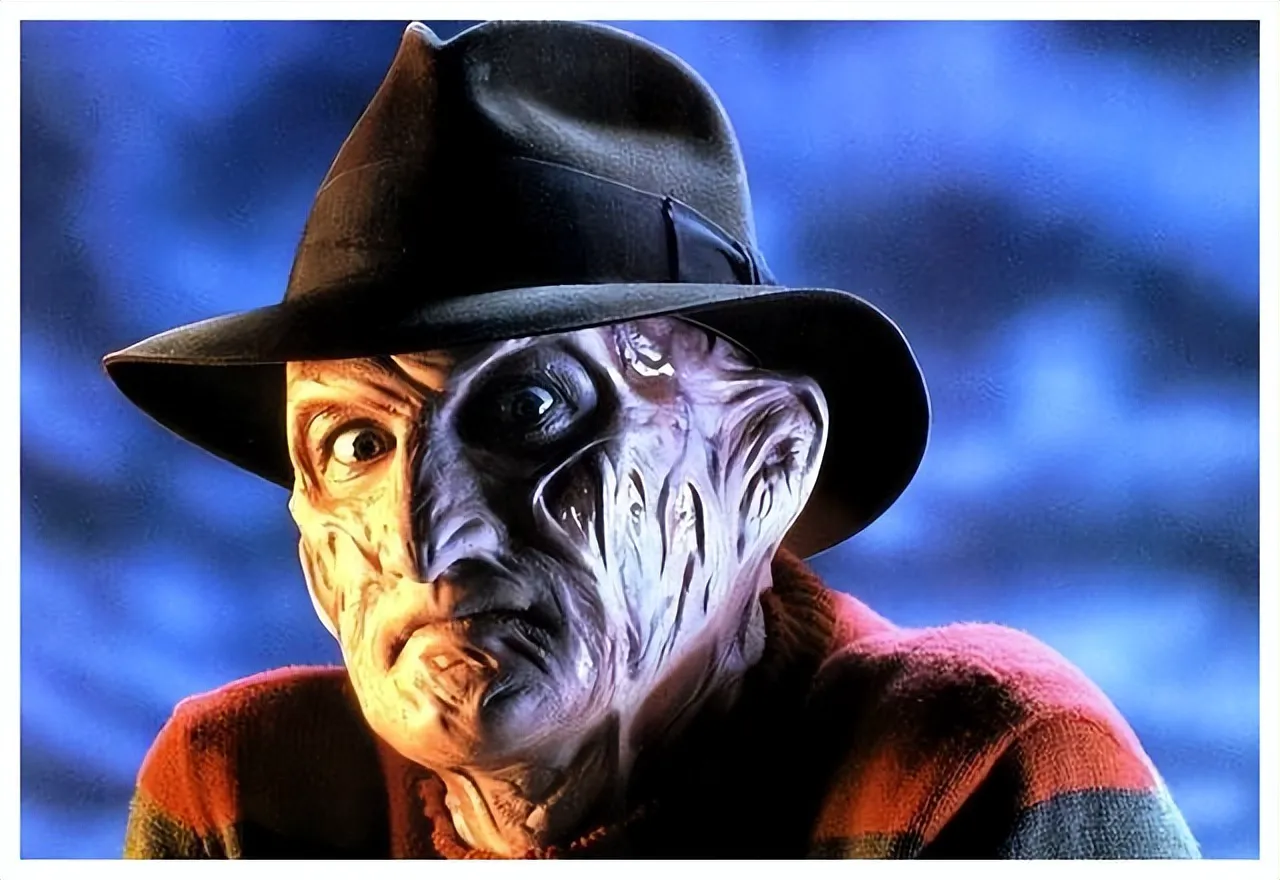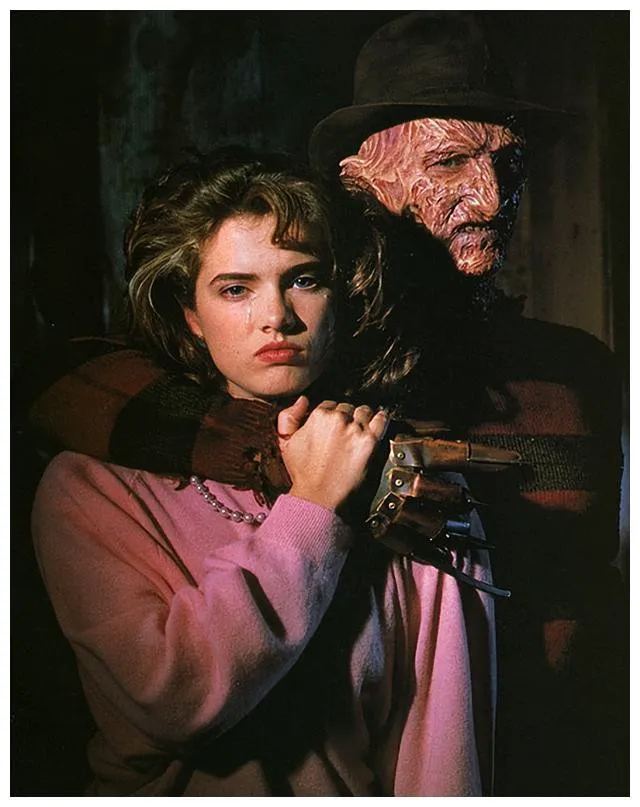The Haunting Specter of Elm Street: Yearning for Redemption in a Nightmare
If you’re a horror movie aficionado, the “A Nightmare on Elm Street” series needs no introduction. Conceived and directed by Wes Craven, this iconic American horror franchise debuted in 1984 and spawned nine films, a television series, and a video game. At its heart lies Freddy Krueger, a dream-stalking killer who invades the subconscious and brutally murders his victims. Freddy’s image is instantly recognizable: a fedora, a red-and-green striped sweater, dark trousers, and a glove adorned with razor-sharp blades, all masking a hideously scarred face.

“A Nightmare on Elm Street” resonated deeply, becoming one of horror’s most innovative and successful franchises and a flagship for New Line Cinema. It pioneered a new horror subgenre, blurring the lines between reality and dreams, trapping viewers in inescapable terror. Freddy Krueger, a charismatic villain, became a pop culture icon. His blend of cruelty and dark humor made him both terrifying and strangely appealing. The series also influenced later horror films like “Saw” and “Final Destination.”
But was Freddy Krueger simply a heartless monster driven by vengeance? Why did he target seemingly innocent young people in their dreams? Was there more to his story? Let’s delve into the tormented soul of Freddy Krueger, a specter haunting Elm Street, forever seeking redemption.
The Origins of a Nightmare
A Troubled Beginning
To understand Freddy, we must go back to his birth. His mother, Amanda Krueger, a nun working at a mental institution, was inadvertently locked in a ward with numerous inmates during Christmas. She was brutally assaulted, resulting in Freddy’s conception. Born Frederick Charles Krueger, he was branded the “Bastard Son of a Hundred Maniacs,” believed to possess an inherently evil nature.
Freddy’s childhood was bleak. Raised in an orphanage, he faced constant abuse from teachers and other children. He discovered his ability to enter and manipulate dreams, using it to retaliate against his tormentors, even killing some. He developed a disturbing fascination with harming animals and children and crafted his signature bladed glove.

Vengeance from the Grave
As an adult, Freddy worked as a gardener but continued his murderous spree, preying on children in Elm Street. He murdered at least twenty children, hiding their bodies in his basement. The parents, influential figures in the community, discovered his crimes and had him arrested. However, due to insufficient evidence and procedural errors, Freddy was acquitted. Enraged, the parents took justice into their own hands, trapping Freddy in a boiler room and setting it ablaze. As he burned to death, Freddy vowed revenge on them and their children.

The Dream Demon
Death was not the end for Freddy. His soul was approached by Dream Demons, who offered him immense power and immortality in exchange for becoming their agent in the human world, killing innocents and delivering their souls. Freddy accepted, becoming a more potent and malevolent entity. He could freely enter dreams and control them. Death in a dream meant death in reality. Moreover, anyone who remembered or heard of Freddy could be targeted in their dreams, allowing him to influence others.
Freddy began his revenge, targeting the children of those who killed him, the teenagers of Elm Street. He tormented and murdered them in their dreams. The teens struggled to stay awake or fight back in the dream world. Nancy Thompson emerged as Freddy’s greatest adversary. She confronted him in dreams, discovered his weakness, and managed to drag him into the real world, where he lost his power and could be defeated.
However, Freddy never truly vanished. He resurrected in subsequent films, seeking new victims, clashing with Jason Voorhees from “Friday the 13th.” Freddy seemed unstoppable, fueled by fear and memory.

A Glimmer of Humanity?
Was Freddy simply a demon? Did he have emotions or desires? The series hinted at another side to Freddy. He had a daughter, Katherine Krueger (later Maggie Burroughs), the only person he ever loved. When she was a child, Freddy was kind to her, buying her toys, telling her stories, and singing to her. However, she discovered his hidden basement of corpses and was taken away by social services. Freddy lost contact with her and became more deranged. He searched for her, hoping to reunite and have her inherit his power. He even created a dream vision of her as an adult, embracing her. But it was an illusion. When Katherine finally appeared, she was a psychologist who sought to stop him. She pierced his heart with a bladed glove, ending his life.
The Ultimate Nightmare: Beyond Redemption?
Was Freddy’s death his redemption? Did he get what he wanted? In “Wes Craven’s New Nightmare,” Freddy existed in a more sinister form, transcending film and reality, crossing dimensions and parallel worlds. He could enter anyone’s dreams or reality, influencing thoughts and actions. He was no longer bound by rules or weaknesses, becoming an omnipotent horror god. He even entered Wes Craven’s dreams, threatening to kill him and others associated with the series. He seemed to have surpassed everything.
But was Freddy truly happy in this state? He may have felt extreme loneliness and emptiness. No one could match him, accompany him, or love him. He could only kill and torture, deriving a morbid pleasure that couldn’t fill the void. He might have yearned for someone to defeat him, understand him, or love him. But in this state, that person might never appear. Freddy had lost his essence, the meaning and value of being human.